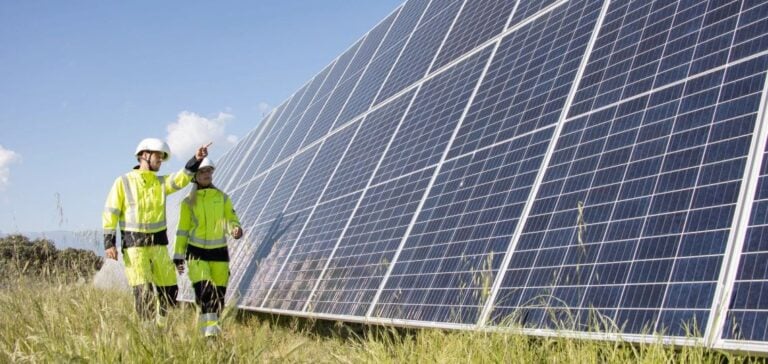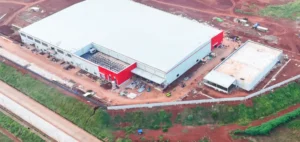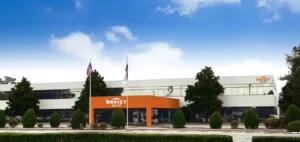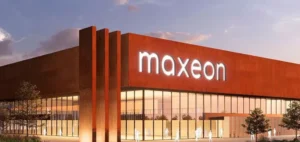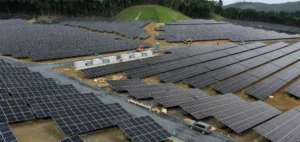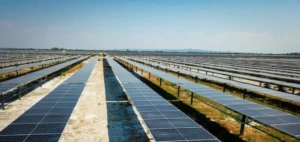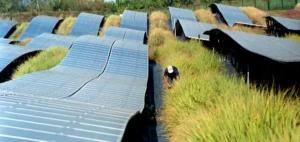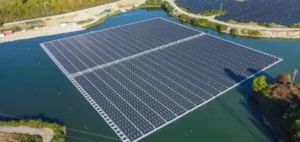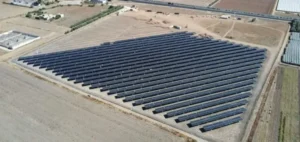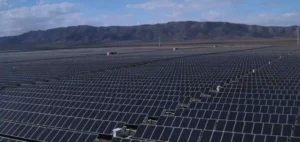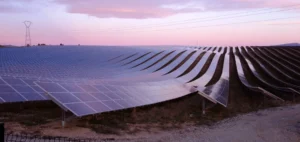The leading global photovoltaic (PV) solar panel manufacturers demonstrated remarkable resilience in the first half of 2024. Despite significant challenges, such as unprecedented price drops in modules and raw materials like silicon, these companies maintained an average capacity utilization rate of 66%, with some exceeding 70%, according to a report published by Wood Mackenzie.
Robust Global Production Capacity
The global ranking of solar module manufacturers shows that the top ten companies have enough capacity to meet annual global demand. While Chinese companies continue to dominate the sector, non-Chinese players from India, Singapore, and Japan are gaining ground. Among the leaders, Jinko Solar, LONGi Green Energy, and JA Solar hold the top three spots, followed closely by Canadian Solar and Trina Solar.
The report also highlights that eight of the top thirteen manufacturers posted profits during this period. These results are attributed to their ability to optimize costs and maintain high efficiency despite the steep drop in solar module prices, which fell from $0.24 per watt to $0.08 per watt—a decline of more than 70%.
Emerging Technologies and Innovations
The rapid adoption of new technologies marked the solar sector in 2024. Modules using Tunnel Oxide Passivated Contact (TOPCon) technology now dominate the market, while other advancements, such as Heterojunction Technology (HJT) and Back Contact (BC), continue to grow in production share. Investments in research and development (R&D) have also increased, averaging 4% of company budgets compared to 3% in 2023, reflecting a stronger focus on innovation to remain competitive.
However, rapid capacity expansion has led to overcapacity in the market, raising concerns among manufacturers. “Low capacity utilization and shrinking margins are pushing companies to reconsider their expansion plans,” explained Yana Hryshko, Global Head of Solar Supply Chain Research at Wood Mackenzie.
A Delicate Balance Between Prices and Sustainability
The drastic decline in solar module prices has exacerbated profitability challenges, testing the sustainability of some manufacturers. Nevertheless, industry leaders rely on strategic criteria such as vertical integration, technological maturity, and third-party certifications to differentiate themselves in a highly competitive environment.
According to Wood Mackenzie, the manufacturer ranking is based on nine criteria, including financial performance, manufacturing experience, and adherence to ESG (Environmental, Social, and Governance) standards. This methodology, combining surveys and proprietary databases, evaluated 38 manufacturers from 11 countries, covering 68% of global production capacity and 84% of shipments.


